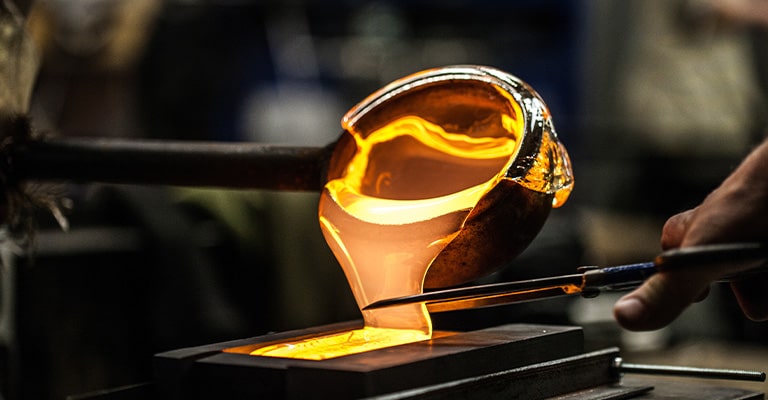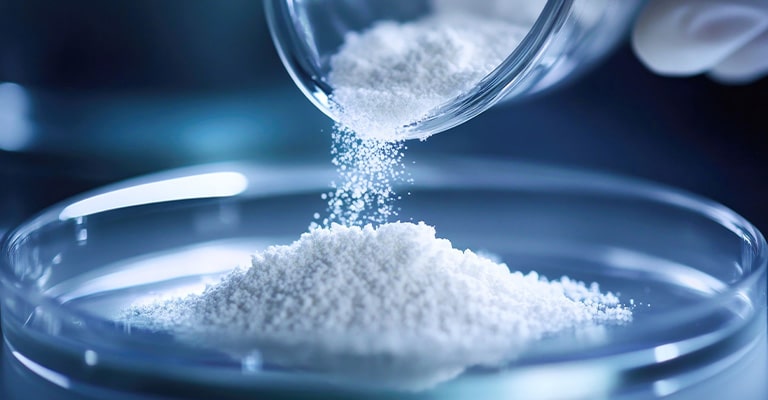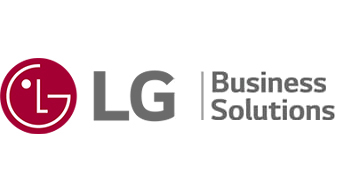-
Introduction
Glass is a versatile material we encounter daily, known for its unique properties. Typically transparent or translucent, this inorganic material is hard, brittle, and resistant to wear and tear. Inorganic glasses are produced using the melt-quenching method, mixing minerals, compounds, and elements. It can exhibit unique optical and elastic properties, as well as outstanding chemical and thermal durability. As a result, glass is ideal for high-temperature applications such as ovens, laboratory equipment, and even aerospace technologies.
For thousands of years, glass has played an essential role in both art and architecture. Today, it continues to improve our living and working environments by enhancing natural light and offering insulation from heat, cold, and noise. Its adaptability has made it indispensable in modern industries, from the construction of skyscrapers to the development of optical fibers, showcasing its importance in both daily life and technological innovation.


-
The Evolution of Glass Materials
Glass has been a part of human history for thousands of years, with its earliest known artifacts dating back to around 3500 BC in Mesopotamia and Egypt. Initially, glass was used primarily for decorative purposes, such as beads and small ornaments, cherished for its vibrant colors, smooth textures, and shimmering transparency. As the art of glassmaking evolved, its applications expanded, transitioning from purely ornamental uses to functional and architectural elements. This paved the way for a broad range of innovative uses, not only in design but also in the development of technologies and industries.
Highlighting glass’s aesthetic role reveals a wealth of untapped potential, suggesting various forms and shapes we do not typically associate with. Beyond sharp, thin plate glass, glass can be used in various forms. It can transform LG’s products into visually stunning and highly functional solutions that go beyond traditional applications. This approach can redefine product design, bringing a fresh perspective to how glass can be integrated into LG's technology, elevating both aesthetics and performance.
The Industrial Revolution marked a turning point in glass production, with advancements that made it more affordable and versatile. This period saw the development of mass production methods, enabling the creation of uniform sheets of glass for architecture and industries. By the 20th century, glass evolved into more than just a decorative or structural material, giving rise to functional varieties used in science, medicine, and technology. Today, in the 21st century, advanced functional glass materials like antimicrobial and antibacterial glass are reshaping industries, combining aesthetic appeal with practical benefits to meet modern demands.


-
What Are Functional Glass Materials?
Functional glass materials primarily include electronic information glass, new energy glass, and special glass. These materials serve as essential components for emerging industries such as information displays, semiconductors, new energy, and deep-sea and deep-space technologies. They have become fundamental to building an intelligent and low-carbon society.
-
Coatings that Transform Glass Performance
The concept of anti-fingerprint glass has long been a topic of interest in materials science, well before the rise of modern touch devices. Rather than modifying the intrinsic properties of glass, these technologies involve applying coatings to the surface of the glass substrate. These are not glass technologies per se, but rather coating technologies that utilize glass as a base material. These coatings minimize dirt, oil, and fingerprint adhesion and are often chemical-resistant or heat-resistant, making cleaning easier and reducing the need for frequent maintenance.
In architectural applications, titanium oxide nanocoatings are commonly applied to glass surfaces—not as a part of the glass itself, but as an external material—to enhance performance. These coatings offer photocatalytic properties that break down organic contaminants when exposed to light, and their hydrophilic behavior allows water to evenly sheet off the surface, carrying away loosened debris. These innovations in glass coating technology continue to evolve, offering increased durability, enhanced clarity, and improved functionality across both consumer electronics and building materials.
In addition to advanced glass coatings, LG has developed a specialized enamel coating technology called EasyClean, which is applied to LG ovens to enhance cleaning performance and durability. Compared to conventional enamel coatings of the previous generation, the new EasyClean surface significantly reduces soil adhesion, making cleaning easier. The test conducted by UL (Worldwide official test facility) on August 10, 2020, showed that the 2nd generation EasyClean enamel required an average of five times fewer scrubbing cycles on sugary soil to achieve more than 95% soil removal, compared to previous models.* LG’s EasyClean surface not only simplifies routine maintenance but is also designed to help with long-term durability, potentially enduring more cooking cycles than conventional coatings.
*Based on the results as of August 10, 2020. The number of wiping cycles is based on an average of three round-trip scrubbing cycles until more than 95% of the soil is removed, using sugar-based soil and standardized test equipment.


-
Bioactive Glass in the Medical Field
Functional glass, such as bioactive glass, plays a crucial role in the medical field. Glass products have been successfully implanted in millions of patients worldwide, primarily to repair bone and dental defects. Bioactive glasses can bond with bone tissue, forming an intermediate apatite layer that triggers biomineralization. This layer creates a strong connection between the bone and the bioactive glass, leading to faster healing with minimal complications or side effects. Over time, a variety of bioactive glass compositions have been developed for innovative biomedical applications, including soft tissue repair and drug delivery.
-
Biodegradable Glass
Biodegradable glass is becoming a more valuable option in packaging and construction. Designed to break down over time, it helps minimize waste and offers a cleaner approach to material use. Additionally, recycled glass is increasingly being utilized in construction and design, minimizing energy consumption and cutting carbon emissions during production. These improvements show how glass plays a key role in driving responsible practices across industries.


-
The Future of Functional Glass Materials
Ongoing research into functional glass materials is driving innovations that have the potential to revolutionize industries ranging from construction to healthcare. These advancements promise to improve efficiency and unlock new capabilities for the built surroundings and beyond. From low-impact architectural solutions to high-performance components in medical and defense applications, functional glass continues to push the boundaries of what this material can achieve in modern life.
-
Conclusion
Functional glass has become indispensable across industries, offering solutions for energy consumption, health, hygiene, electronics, and beyond. Its journey from simple early applications to cutting-edge technologies reflects its remarkable adaptability and innovation. Through continuous research and development, functional glass is poised to revolutionize various fields, expanding into unimaginable applications and shaping a more advanced future.
-
"The information contained in the article is released by LG Electronics and may not be used for personal work. It may not be copied, reproduced, modified, decompiled, or reverse-engineered into any other work without prior permission from LG Electronics."
-
*Products and solutions may vary according to country and operating conditions.
Our LGE experts are here to help you. Get in touch with us via the CONTACT US button below.




